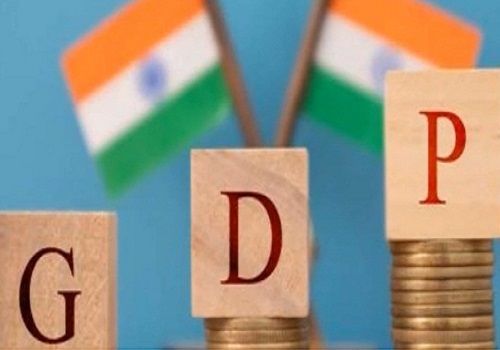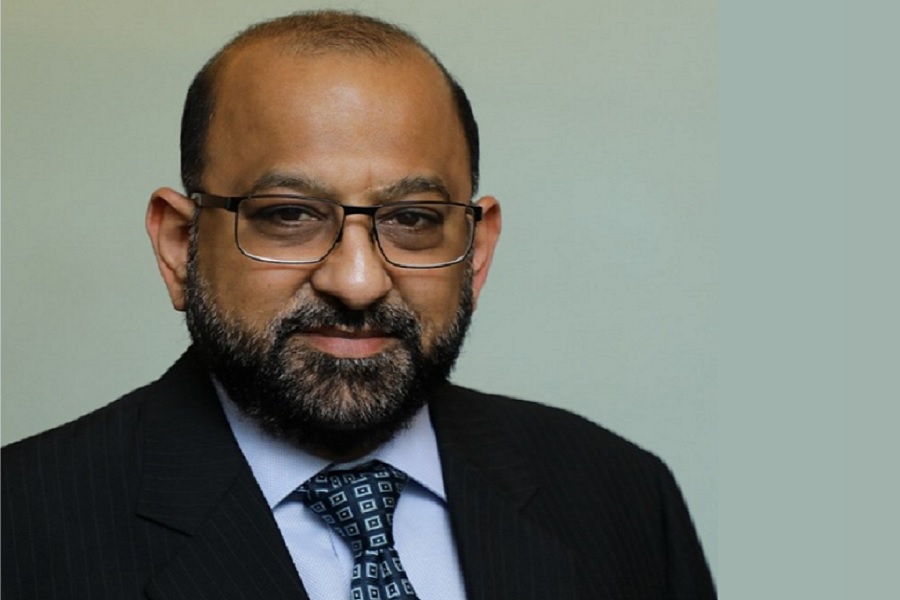Monthly Debt View for June - 2023 by Pankaj Pathak, Quantum Mutual Fund.

The optimism of April was brought forward inMay as well.The 10-year benchmark government bond yield went on a downward spiral, reaching 6.99% on 31st May 2023 against 7.12% at the end of April. However, most of this rally was observed in the first half of the month, while in the second half the bonds traded in a narrow range of 6.97% - 7.03%.
Short term money market rates also fell during the month with the 3-month T-bill falling from 6.90% levels to ~6.76% by the end of the month. The yield on the AAA rated 3 months- PSU commercial papers (CPs) also fell by~12bps during the month due to easing banking liquidity and a lower supply of money market instruments.
RBI on extended pause – The Monetary Policy Committee (MPC), in its June 2023 meeting, decided unanimouslyto keep the policy repo rate unchanged at 6.50%. Consequently, the Standing deposit facility (SDF) and Marginal standing Facility (MSF) rates remain unchanged at 6.25% and 6.75% respectively.
The MPC also voted 5-1 in favor of the policy stance as “Withdrawal of accommodation” to ensure that inflation progressively aligns with the target of 4%, while supporting growth. It revised down the CPI inflation estimate for FY24 from 5.2% to 5.1%, while retaining the growth estimate at 6.5%.
The highlight of this policy was the RBI’s emphasis on lowering down inflation to its medium-termtarget of 4%. The governor aptly used the quote - “The ideal must not be lowered” to suggest that we shouldn’t get too comfortable with inflation falling to 5%. The headline CPI inflation is still far from 4% target. This quashes any hope of a rate cut in this year. We would expect the policy repo rate to stay at 6.5% for an extended period.
Liquidity Influx – The banking system witnessed an influx of liquidity during the last month. The banking system liquidity as measured by net borrowing/lending under the RBI’s liquidity adjustment facility, was in surplus of ~Rs. 419 billion on April 28, 2023. This rose to around Rs. 2.4 trillion on June 2, 2023. The main contributors to this increase in liquidity surplus were - (1) government bond maturities to the tune of Rs 1 trillion, (2) RBI’s buying of foreign exchange, and (3) deposits of Rs. 2000 denomination currency notes after the RBI announced its withdrawal from circulation.
There was an expectation that the RBI might announce measures to suck out excess liquidity. The RBI did acknowledge that the deposit of Rs. 2000 denomination currency notes will add to the already high liquidity surplus in the banking system. However, they chose not to deploy any durable liquidity absorption tool to reduce the excess liquidity. Instead, they will likely conduct variable rate reverse repo (VRRR) auctions of various tenors to absorb the excess liquidity temporarily. In our opinion, overall liquidity conditions will remain easy until increased cash
demand during the festive season starting in October. Thus, there could be further decline in short term money market rates.
Inflation in the comfort zone:Headline CPI for April eased to 4.7% YoY owing to base effect and a broad-based moderation in prices.Core CPI (ex-food, fuel) decelerated below the 6% mark to 5.3% YoY in April. Fuel CPI softened further to 5.5% YoY in April from 8.8% in March. The CPI is likely to remain below 5% in Q1FY24 and average around 5% in the full year.
GDP numbers were a positive surprise: India's GDP growth in Q4 FY23 at 6.1% and in FY23 at 7.2% both surprised positively. GDP growth at 7.2% for FY23 indicates that the economy has done better than expected, more so since this growth comes from a higher base on account of the upward revision of FY22 data. Agriculture and strong domestic services provided the extra push to the growth story.
We expect the growth to slow down slightly (~6%) in this fiscal FY24 on the back of exports being impacted due to the global economic slowdown and slow recovery in private consumption. Nonetheless, even at 6% India would likely be the fastest growing G-20 economy this year.
May 2023 also witnessed the US dogging the debt ceiling clouds and how it averted the crisis by temporarily suspending the debt ceiling. However, the US economy was surprised with the addition of 339k jobs against the expected 190k. The tight labor market is likely to reinforce the FED’s hawkish view for the next policy decision.
Although the Indian bond market remained untarnished by the US debt ceiling episode, an upward movement in the UST is likely to have some impact on the Indian bond market as well.
Outlook:
Declining inflation, peaked policy rates and comfortable external position are all strong backdrops supporting the bond market over the medium term.However, the near-term outlook is clouded by uncertainty over the timing, quantity and distribution of rain fall amid forecasts of El-Nino conditions which causes lower rainfall.Given the bond yields have come down significantly over the last three months, there is a high possibility of yields moving higher from current levels in the near term. However, the upside on yields should be limited to 10-20 basis points given the overall macro backdrop being favorable.
In line with our near-term cautious view, we maintain a lower portfolio duration in our actively managed bond fund as a tactical position. Notwithstanding the near-term concerns, we maintain our constructive outlook for long bonds in the medium term. With bond yields hovering above 7%, much of the government bond yield curve is offering reasonably high positive real yield.
Also, given that the inflation is trending down, and the rate hiking cycle is near its end, the probability of capital gains in long term bonds over the medium term has increased. Investors with over 2-3 years investment horizon should allocate to dynamic bond funds which tend to benefit in this kind of interest rate environment.
Dynamic bond funds have the flexibility to change the portfolio positioning as per the evolving market conditions which makes dynamic bond funds better suited for long-term investors in this volatile macro environment.
Investors with shorter investment horizons and low-risk appetite should stick with liquid funds. Tightening liquidity conditions will continue to put upward pressure on short term rate and is in turn positive for short term debt fund categories like liquid fund. We would expect further improvement in the return potential of these categories as interest accrual on short term debt instruments has risen meaningfully.
Since the interest rate on bank savings accounts is not likely to increase quickly while the returns from liquid funds are already increasing, investing in liquid funds looks more attractive for your surplus funds. Investors with little desire to take risks should invest in liquid funds that own government securities and not in private sector companies, which carry lower liquidity and a higher risk of capital loss in the event of default
Above views are of the author and not of the website kindly read disclaimer










Tag News

Monthly Debt Market Update, September 2023: CareEdge Ratings













